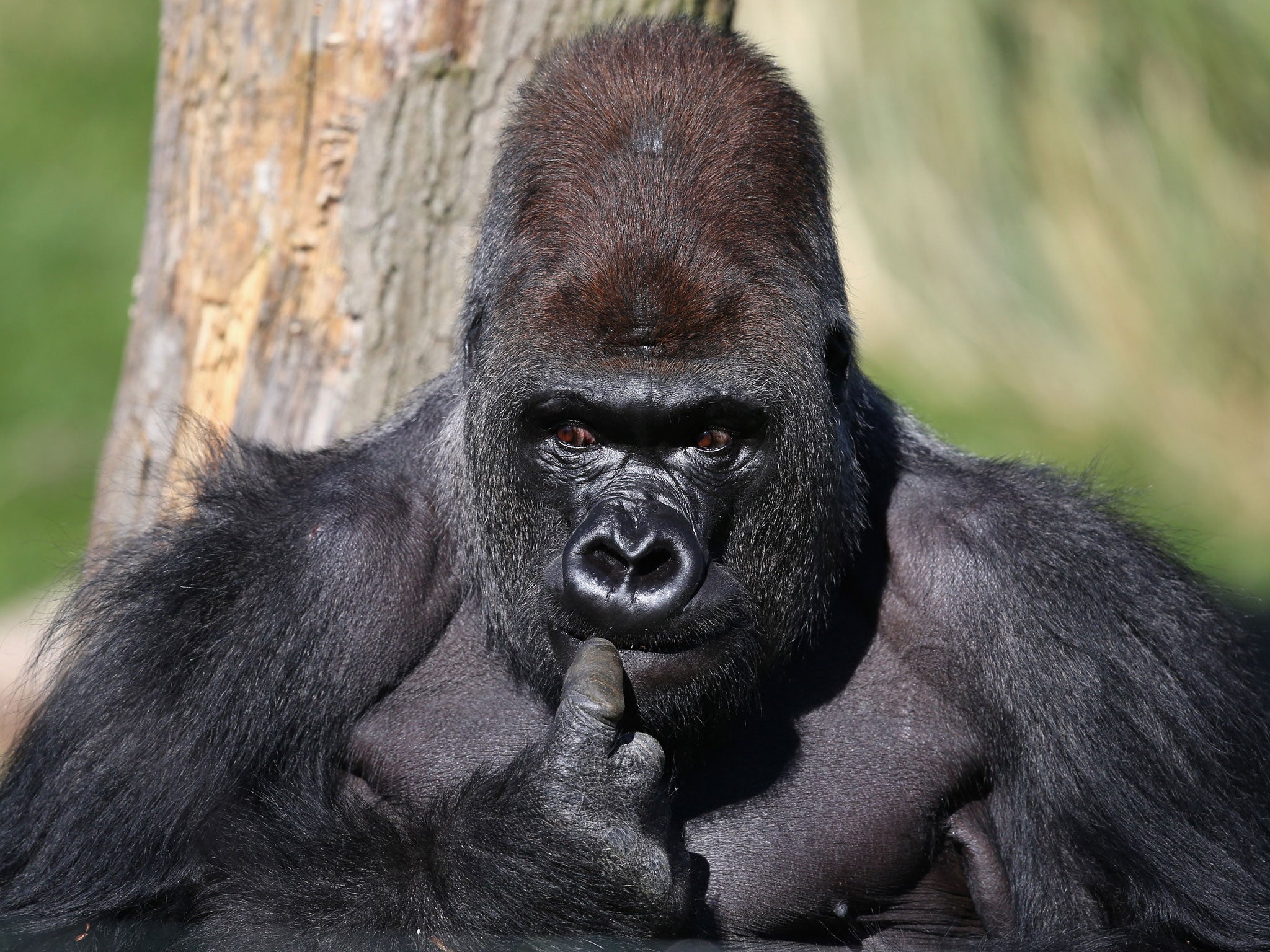Gorillas are showing signs of learning to talk, say researchers
Koko the gorilla was the first ape to be taught sign language by scientists

Your support helps us to tell the story
From reproductive rights to climate change to Big Tech, The Independent is on the ground when the story is developing. Whether it's investigating the financials of Elon Musk's pro-Trump PAC or producing our latest documentary, 'The A Word', which shines a light on the American women fighting for reproductive rights, we know how important it is to parse out the facts from the messaging.
At such a critical moment in US history, we need reporters on the ground. Your donation allows us to keep sending journalists to speak to both sides of the story.
The Independent is trusted by Americans across the entire political spectrum. And unlike many other quality news outlets, we choose not to lock Americans out of our reporting and analysis with paywalls. We believe quality journalism should be available to everyone, paid for by those who can afford it.
Your support makes all the difference.Researchers have identified speech patterns in a gorilla, previously thought to be impossible for apes.
A gorilla named Koko became famous for her ability to learn sign language in order to communicate with her keepers. Researchers at the University of Wisconsin-Madison say that she is now displaying signs of being capable of speech.
Traditionally, it has been believed that vocal performance by apes has been limited to spontaneous noise expressed, for instance, at shock of seeing a predator or to intimidate a fellow mammal in a fight.
It was believed that beyond this, apes lacked the cognitive capacity and breathing control to engage in organised and premeditated speech.
Postdoctoral researcher Marcus Perlman at the University of Wisconsin-Madison and Nathaniel Clark at the University of California analysed 71 hours of video footage of Koko’s behaviour.
They say that they have “found examples of Koko performing nine different, voluntary behaviours that required control over her vocalisation and breathing.”
They concluded that “these were learned behaviours, not part of the typical gorilla repertoire.”
Mr Perlman said: “She doesn’t produce a pretty, periodic sound when she performs these behaviours, like we do when we speak. But she can control her larynx enough to produce a controlled grunting sound.”
“Koko bridges a gap. She shows the potential under the right environment conditions for apes to develop quite a bit of flexible control over their vocal tract. It’s not as fine as human control, but it is certainly control.”
Join our commenting forum
Join thought-provoking conversations, follow other Independent readers and see their replies
Comments